Gardener has luckiest day ever with 63-leaf clover
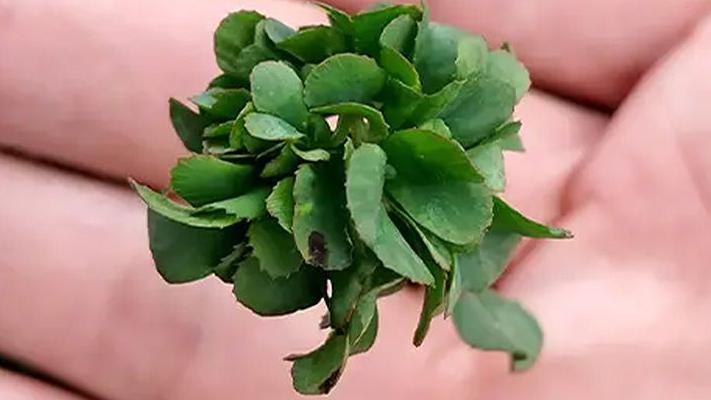
How much luck do you think this clover could bring you?
- Published
A gardener in Japan has broken the Guinness World Record for the clover with the most leaves.
Traditionally, four-leaf clovers are meant to bring good luck - so could he be the luckiest man ever?
Yoshiharu Watanabe has been using a technique called cross-pollination to create a clover with as many leaves as possible.
His record beat the previous winner by seven leaves.
More like this:
Unbe-leaf-able! Student sets tree hugging record
- Published28 April 2024
Kenya has a day's holiday to plant 100 million trees
- Published14 November 2023
'Pretty weird forest' could be world's oldest
- Published7 March 2024
Counting the leaves
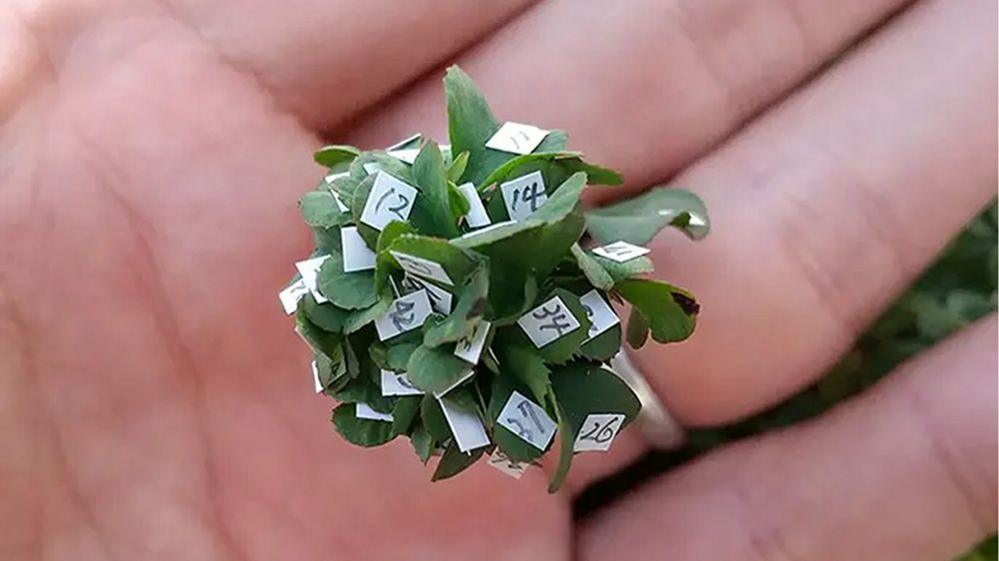
Yoshiharu said it took a long, long time to count all the leaves on the record-breaking clover.
To make sure they were counted correctly, tiny labels were put on each of the leaves.
"Because the leaves are smaller than the standard clover that you know and love, it's hard to count the number of leaves. When I counted this record-breaking clover, it took me over an hour," he explained.
How do you grow a record-breaking plant?
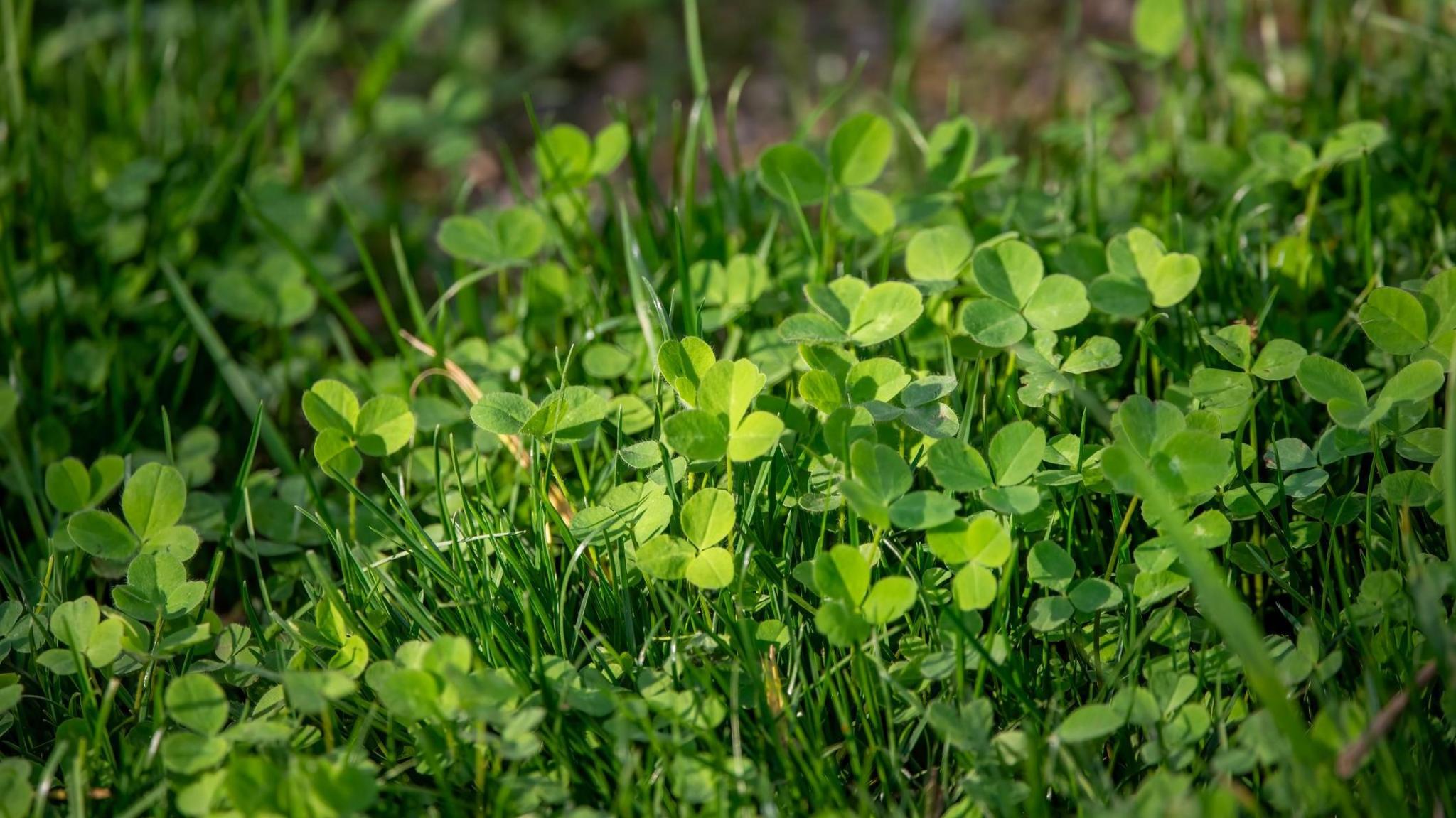
Yoshiharu said he started off with a clover patch in his garden. When he went out and about and saw a clover with four or more leaves, he would bring it home and add it to his garden.
A few years ago, he successfully grew a 20-leaf clover and then became inspired to try and break the record.
He let some of the clovers pollinate naturally in the open air but also pollinated some by hand.
How rare are four leaf clovers?
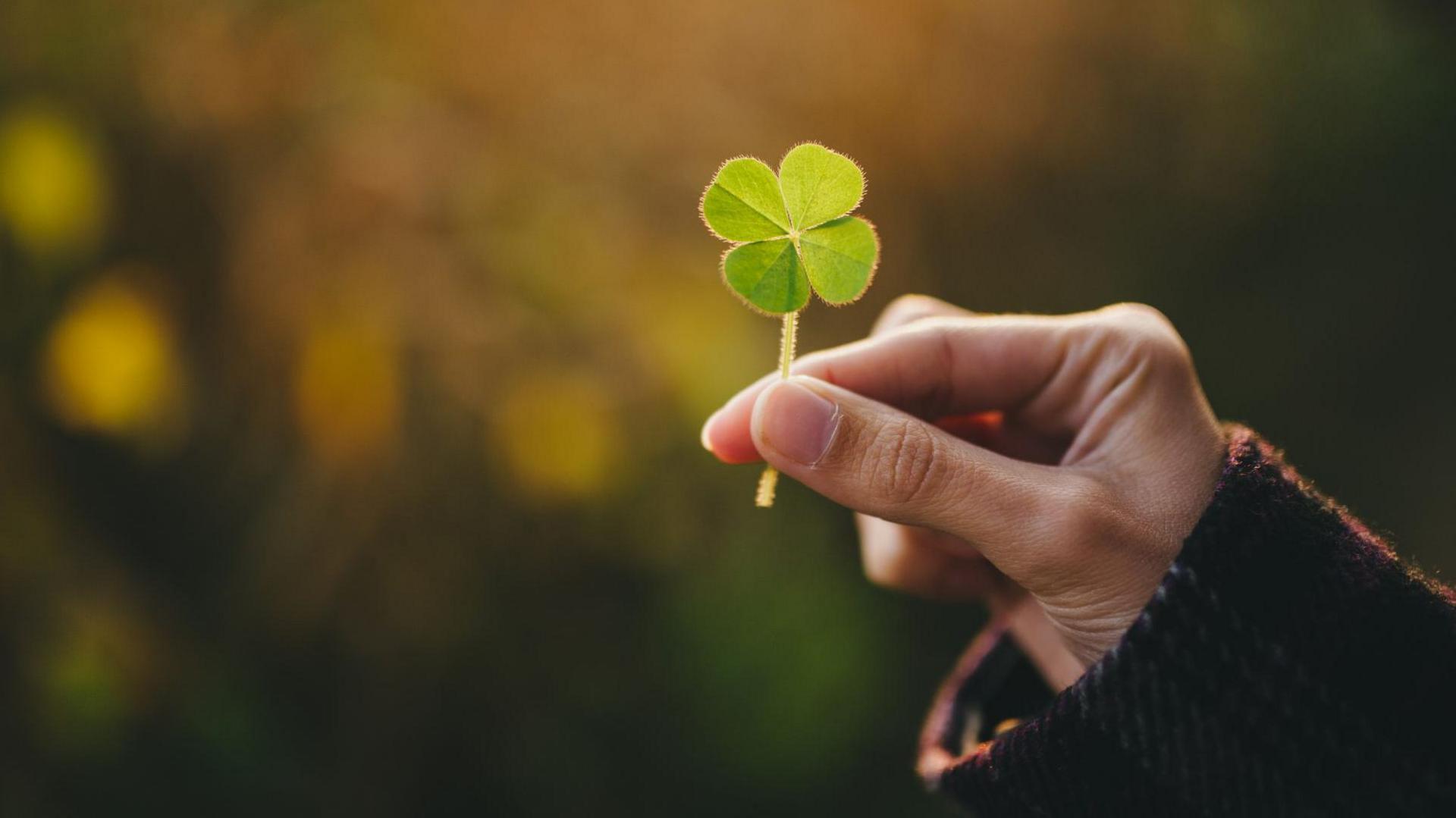
The trifolium repens, or white clover, is commonly found on lawns or as a wildflower.
It's most likely to be found with three leaves on it, but the rarer four-leaf version has often been called a lucky charm.
Different studies give different figures on how rare it actually is, with some stating that 1 in every 10,000 clovers is four-leafed, and a 2017 survey putting it at 1 in 5,000.
It's even luckier to find a five-leaf clover - that same 2017 survey put the chances of that at just 1 in 24,000!
What is pollination?
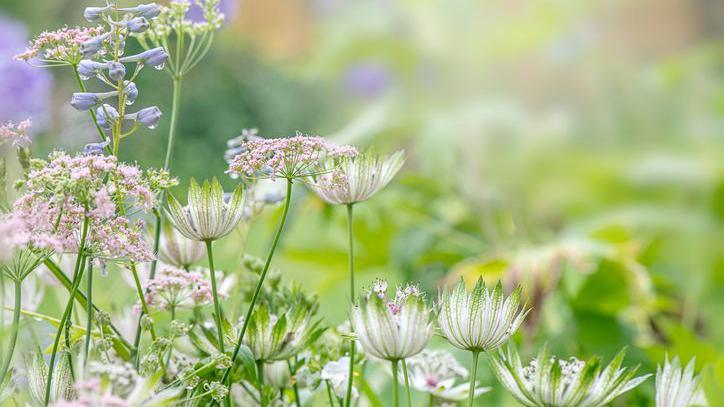
Plants produce pollen, which bees and other insects collect when they feed on flowers for nectar.
The insects carry pollen on to other plants, which then fertilizes them, producing new seeds.
Pollen can also be spread by the wind.
Check out more world record breakers:
- Published13 June 2024

- Published29 May 2024

- Published16 November 2023

